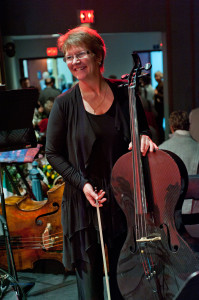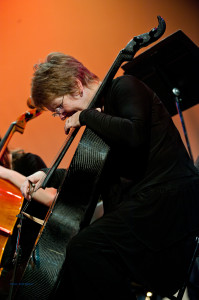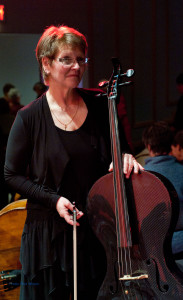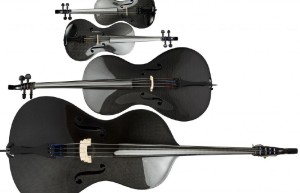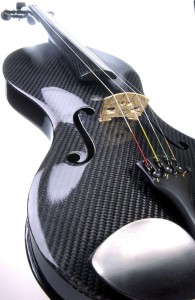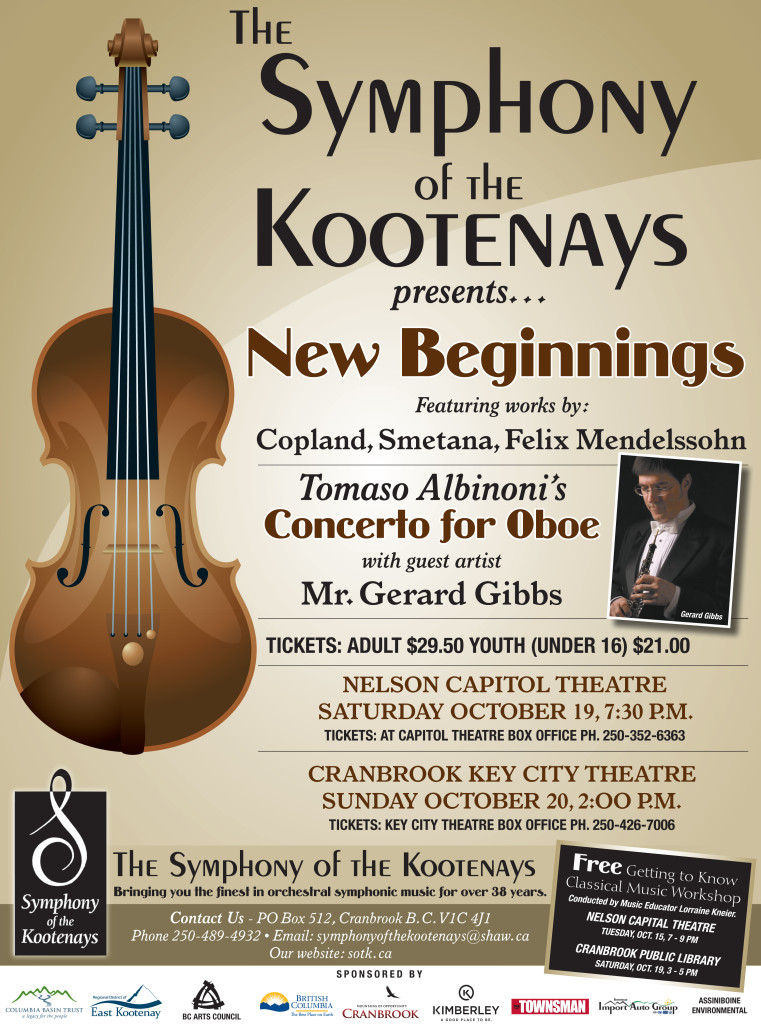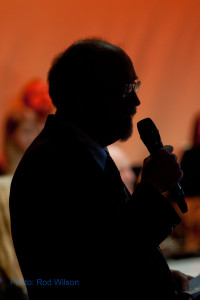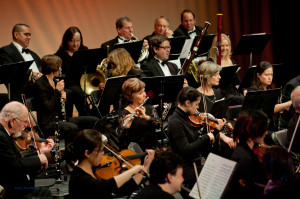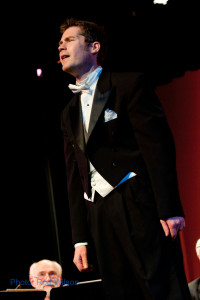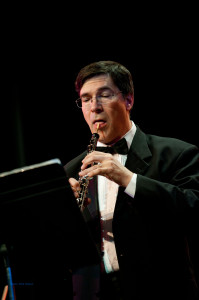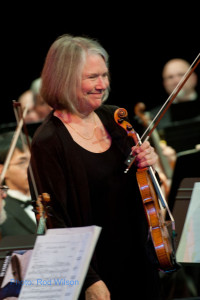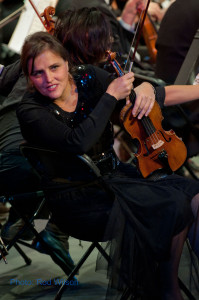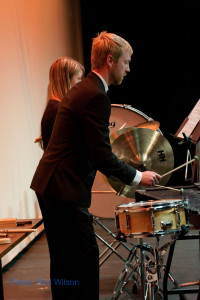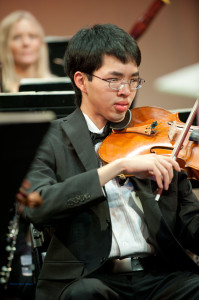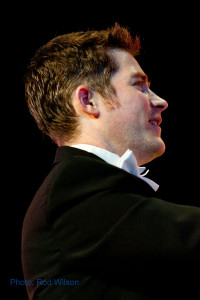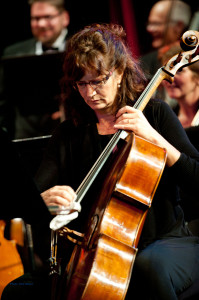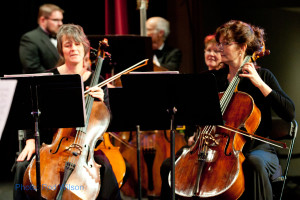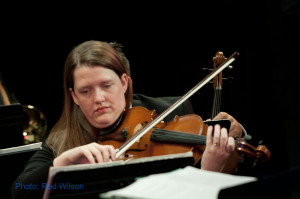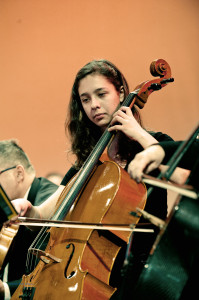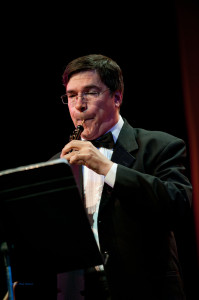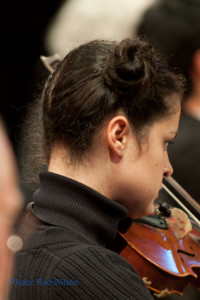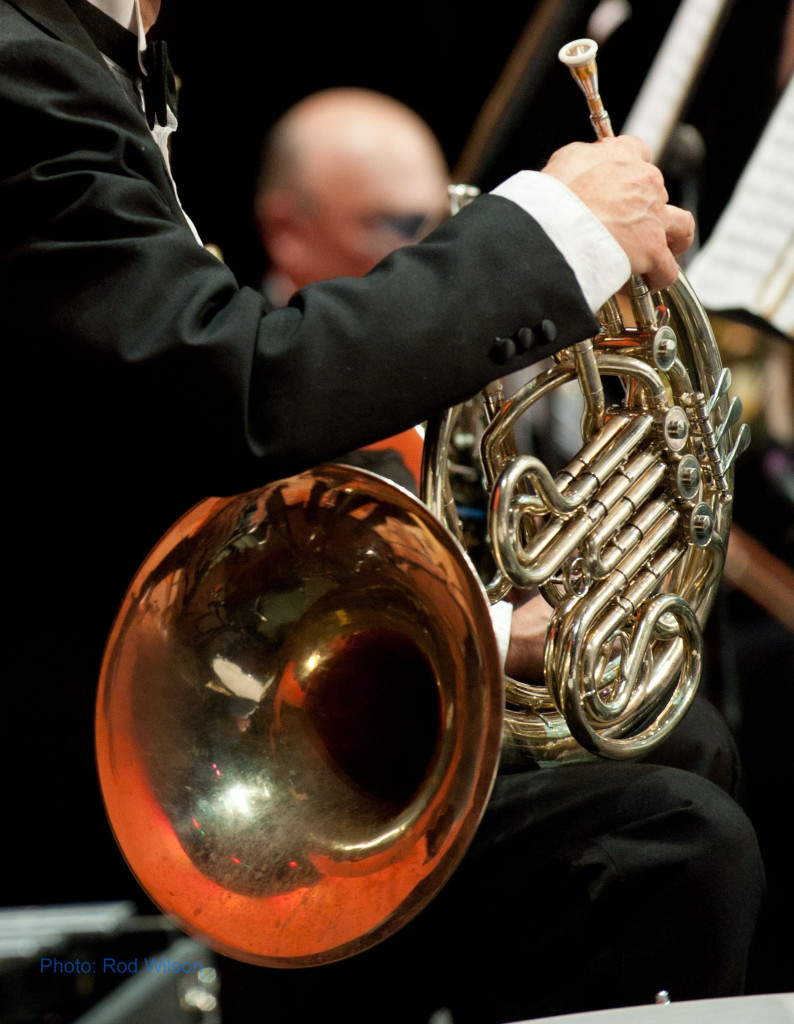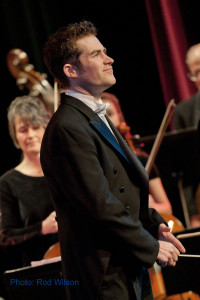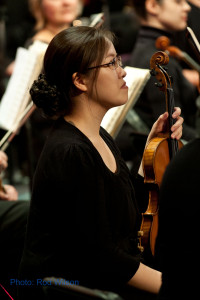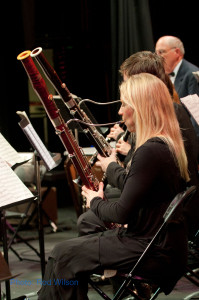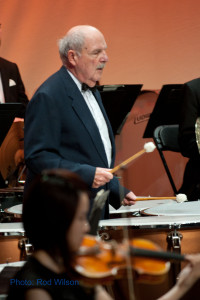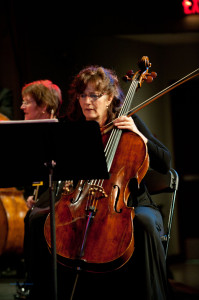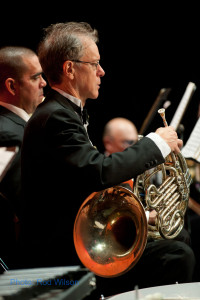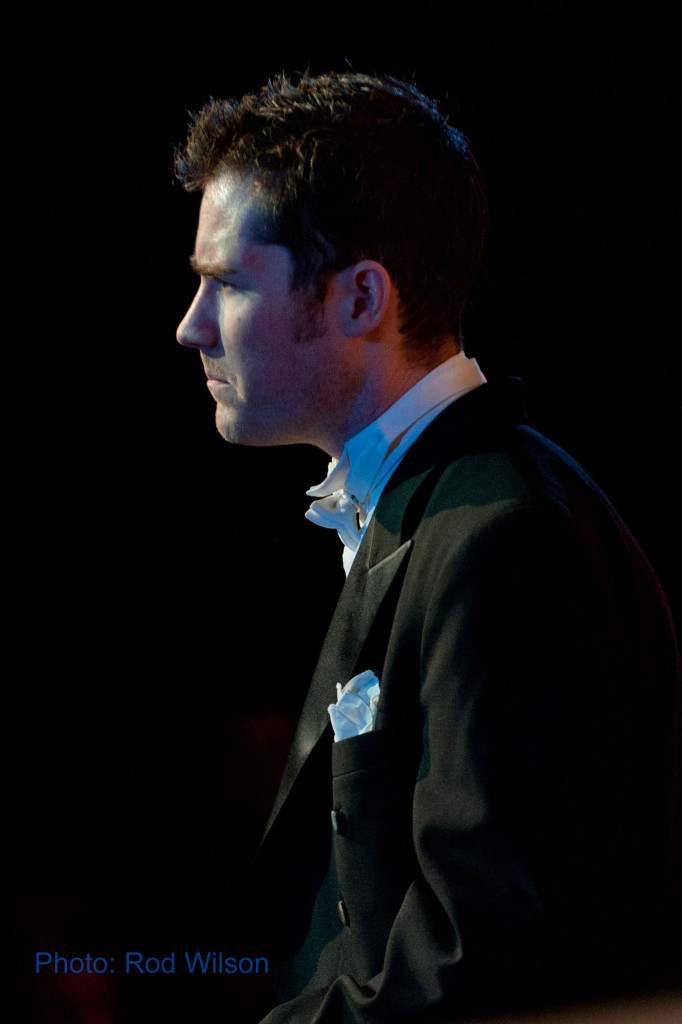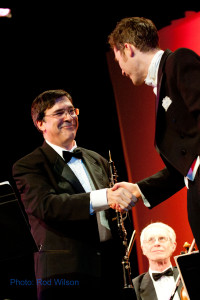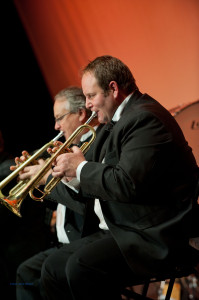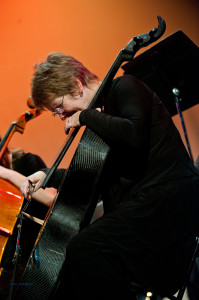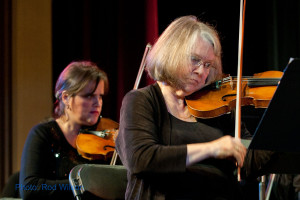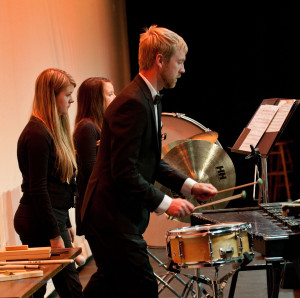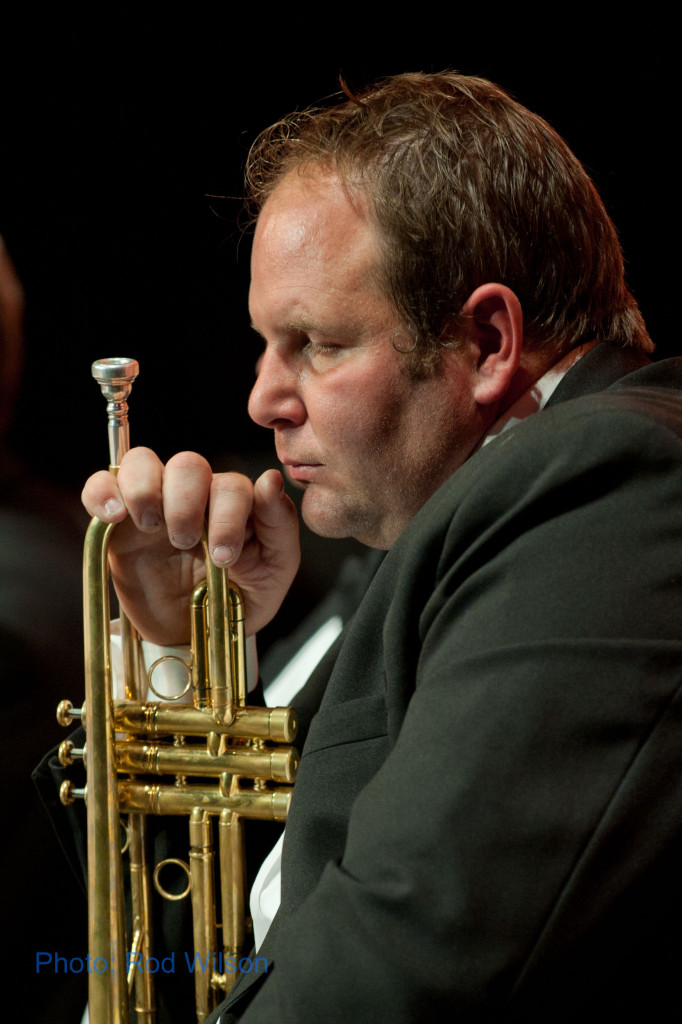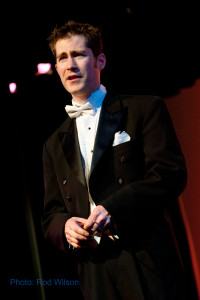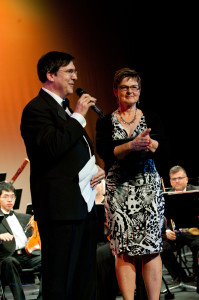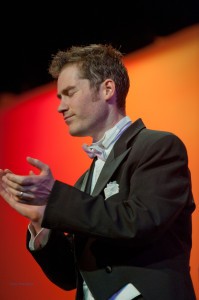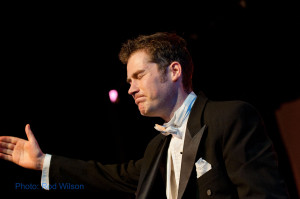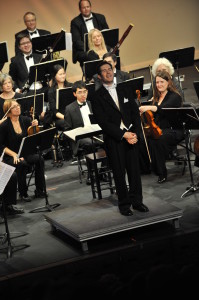[David Byrne (born May 14, 1952) is a Scottish-born musician permanently residing in the United States, and was a founding member and principal songwriter of the American New Wave band Talking Heads, which was active between 1975 and 1991. Since then, Byrne has released his own solo recordings and worked with various media including film, photography, opera, and non-fiction. He has received Grammy, Oscar, and Golden Globe awards and been inducted into the Rock and Roll Hall of Fame. – THE WIKIPEDIA ENTRY FOR DAVID BYRNE]
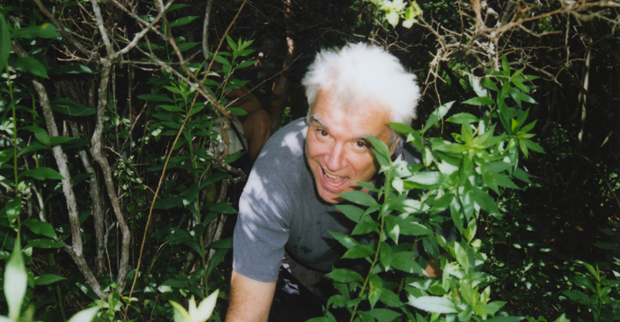 The Guardian, Friday 11 October 2013 15.53 BST
The Guardian, Friday 11 October 2013 15.53 BST
The boom in digital streaming may generate profits for record labels and free content for consumers, but it spells disaster for today’s artists across the creative industries. ‘I’ve pulled as much of my catalogue from Spotify as I can’ … David Byrne.
Awhile ago Thom Yorke and the rest of Radiohead got some attention when they pulled their recent record from Spotify. A number of other artists have also been in the news, publicly complaining about streaming music services (Black Keys, Aimee Mann and David Lowery of Camper van Beethoven and Cracker). Bob Dylan, Metallica and Pink Floyd were longtime Spotify holdouts – until recently. I’ve pulled as much of my catalogue from Spotify as I can. AC/DC, Garth Brooks and Led Zeppelin have never agreed to be on these services in the first place.
So, what’s the deal? What are these services, what do they do and why are these musicians complaining?
There are a number of ways to stream music online: Pandora is like a radio station that plays stuff you like but doesn’t take requests; YouTube plays individual songs that folks and corporations have uploaded and Spotify is a music library that plays whatever you want (if they have it), whenever you want it. Some of these services only work when you’re online, but some, like Spotify, allow you to download your playlist songs and carry them around. For many music listeners, the choice is obvious – why would you ever buy a CD or pay for a download when you can stream your favourite albums and artists either for free, or for a nominal monthly charge?
Not surprisingly, streaming looks to be the future of music consumption – it already is the future in Scandinavia, where Spotify (the largest streaming service) started, and in Spain. Other countries are following close behind. Spotify is the second largest source of digital music revenue for labels in Europe, according to the International Federation of the Phonographic Industry (IFPI). Significantly, that’s income for labels, not artists. There are other streaming services, too – Deezer, Google Play, Apple and Jimmy Iovine of Interscope has one coming called Daisy – though my guess is that, as with most web-based businesses, only one will be left standing in the end. There aren’t two Facebooks or Amazons. Domination and monopoly is the name of the game in the web marketplace.
The amounts these services pay per stream is miniscule – their idea being that if enough people use the service those tiny grains of sand will pile up. Domination and ubiquity are therefore to be encouraged. We should readjust our values because in the web-based world we are told that monopoly is good for us. The major record labels usually siphon off most of this income, and then they dribble about 15-20% of what’s left down to their artists. Indie labels are often a lot fairer – sometimes sharing the income 50/50. Damon Krukowski (Galaxie 500, Damon & Naomi) has published abysmal data on payouts from Pandora and Spotify for his song “Tugboat” and Lowery even wrote a piece entitled “My Song Got Played on Pandora 1 Million Times and All I Got Was $16.89, Less Than What I Make from a Single T-shirt Sale!” For a band of four people that makes a 15% royalty from Spotify streams, it would take 236,549,020 streams for each person to earn a minimum wage of $15,080 (£9,435) a year. For perspective, Daft Punk‘s song of the summer, “Get Lucky”, reached 104,760,000 Spotify streams by the end of August: the two Daft Punk guys stand to make somewhere around $13,000 each. Not bad, but remember this is just one song from a lengthy recording that took a lot of time and money to develop. That won’t pay their bills if it’s their principal source of income. And what happens to the bands who don’t have massive international summer hits?
In future, if artists have to rely almost exclusively on the income from these services, they’ll be out of work within a year. Some of us have other sources of income, such as live concerts, and some of us have reached the point where we can play to decent numbers of people because a record label believed in us at some point in the past. I can’t deny that label-support gave me a leg up – though not every successful artist needs it. So, yes, I could conceivably survive, as I don’t rely on the pittance that comes my way from music streaming, as could Yorke and some of the others. But up-and-coming artists don’t have that advantage – some haven’t got to the point where they can make a living on live performances and licensing, so what do they think of these services?
Some artists and indie musicians see Spotify fairly positively – as a way of getting noticed, of getting your music out there where folks can hear it risk free. Daniel Glass, of Glassnote records, who have the very popular band Mumford and sons says: “When you have quality and you’re in the sophomore stage of this band’s career , I think the fear of holding it back is worse than letting it go. Opening up the faucet and letting people hear it, stream it and all that stuff is definitely very healthy.” Cellist Zoë Keating sees it similarly: Spotify is “awesome as a listening platform. In my opinion artists should view it as a discovery service rather than a source of income.”
I can understand how having a place where people can listen to your work when they are told or read about it is helpful, but surely a lot of places already do that? I manage to check stuff out without using these services. I’ll go directly to an artist’s website, or Bandcamp, or even Amazon – and then, if I like what I hear, there is often the option to buy. Zoë also seems to assume there will be other sources of income (from recorded music). If these services fulfil their mandate, there won’t be.
I also don’t understand the claim of discovery that Spotify makes; the actual moment of discovery in most cases happens at the moment when someone else tells you about an artist or you read about them – not when you’re on the streaming service listening to what you have read about (though Spotify does indeed have a “discovery” page that, like Pandora’s algorithm, suggests artists you might like). There is also, I’m told, a way to see what your “friends” have on their playlists, though I’d be curious to know whether a significant number of people find new music in this way. I’d be even more curious if the folks who “discover” music on these services then go on to purchase it. Why would you click and go elsewhere and pay when the free version is sitting right in front of you? Am I crazy?
Artists often find this discovery argument seductive, but only up to a point. Patrick Carney of Black Keys said in 2011: “For unknown bands and smaller bands, it’s a really good thing to get yourself out there. But for a band that makes a living selling music,” streaming royalties are “not at a point yet to be feasible for us”. How do you make the transition from “I’ll give away anything to get noticed” to “Sorry, now you have to pay for my music”? Carney’s implied point is important – the core issue is about sustainability; how can artists survive in the long term beyond that initial surge of interest?
Are these services evil? Are they simply a legalized version of file-sharing sites such as Napster and Pirate Bay – with the difference being that with streaming services the big labels now get hefty advances? The debate as to whether those pirate sites cannibalize possible sales goes on. Some say freeloaders wouldn’t have paid for music anyway, so there’s no real loss; others say freeloaders are mainly super-fans who end up paying artists in other ways, buying concert tickets and T-shirts, for example. Though, as author Chris Ruen points out in his book Freeloading, if you yourself didn’t pay for any of the music by your favorite bands, then don’t be surprised if they eventually call it quits for lack of funds.
Musicians are increasingly suspicious of the money and equity changing hands between these services and record labels – both money and equity has been exchanged based on content and assets that artists produced but seem to have no say over. Spotify gave $500m in advances to major labels in the US for the right to license their catalogues. That was an “advance” against income – so theoretically it’s not the labels’ money to pocket. Another chunk of change is soon to follow. The labels also got equity; so they are now partners and shareholders in Spotify, which is valued at around $3bn. That income from equity, when and if the service goes public, does not have to be shared with the artists. It seems obvious that some people are making a lot of money on this deal, while the artists have been left with meagre scraps.
The major labels are happy, the consumer is happy and the CEOs of the web services are happy. All good, except no one is left to speak for those who actually make the stuff. In response to this lack of representation, some artists – of all types, not just musicians – are forming an organization called the Content Creators Coalition, an entity that speaks out on artists’ behalf.
Is there a fair solution? And does it matter? Historically, musicians who weren’t among the top pop stars were never well-paid – isn’t that just the way it goes if you decide to make music your calling? Like writers and fine artists, most of them will never make a living doing exclusively what they love doing? Is this griping equivalent to Metallica’s complaint about Napster – viewed by many as the moaning of a bunch of fat cats who were out of touch? Were recording artists simply spoiled for a few decades and now those days are gone? Even Wagner was always in debt and slept with rich women to get funding – so nothing’s new, right? I know quite a few fine artists who teach – presumably to make ends meet and to allow them the freedom to do what they want. But I don’t see hordes of band-members getting comfy spots in universities anytime soon.
The larger question is that if free or cheap streaming becomes the way we consume all (recorded) music and indeed a huge percentage of other creative content – TV, movies, games, art, porn – then perhaps we might stop for a moment and consider the effect these services and this technology will have, before “selling off” all our cultural assets the way the big record companies did. If, for instance, the future of the movie business comes to rely on the income from Netflix’s $8-a-month-streaming-service as a way to fund all films and TV production, then things will change very quickly. As with music, that model doesn’t seem sustainable if it becomes the dominant form of consumption. Musicians might, for now, challenge the major labels and get a fairer deal than 15% of a pittance, but it seems to me that the whole model is unsustainable as a means of supporting creative work of any kind. Not just music. The inevitable result would seem to be that the internet will suck the creative content out of the whole world until nothing is left. Writers, for example, can’t rely on making money from live performances – what are they supposed to do? Write ad copy?
As Lowery has pointed out, there’s no reason artists should simply accept the terms and join up with whatever new technology comes along. Now I’m starting to sound like a real Luddite, but taking a minute to think about the consequences before diving in seems like a pretty good idea in general. You shouldn’t have to give up your privacy, or allow all sorts of information about yourself to be used, whenever you go online, for example.
I don’t have an answer. I wish I could propose something besides what we’ve heard before: “Make money on live shows.” Or, “Get corporate support and sell your music to advertisers.”
What’s at stake is not so much the survival of artists like me, but that of emerging artists and those who have only a few records under their belts (such as St Vincent, my current touring partner, who is not exactly an unknown). Many musicians like her, who seem to be well established, well known and very talented, will eventually have to find employment elsewhere or change what they do to make more money. Without new artists coming up, our future as a musical culture looks grim. A culture of blockbusters is sad, and ultimately it’s bad for business. That’s not the world that inspired me when I was younger. Many a fan (myself included) has said that “music saved my life”, so there must be some incentive to keep that lifesaver available for future generations.
Commentary: That is a good article and one to make us reflect on the consumption of music and ask the question “is being a musician (artist, what ever) a viable way to make a living?” I am passionate about music but I have been forced to reflect on music and in particular on live performances. I am forced to ask myself what is the actual value of music. At a basic level, professional music maybe has no value. It doesn’t feed the hungry (including musicians), it doesn’t create medical cures, stop wars, is not particularly culturally uplifting, nor does it serve any particular social function any more, nor does it do anything that it is in any way productive. Similarly, professional sports is in the same bag. We have been conned. Music, and sports, only have value if you are a player. It is a recreational activity and to recreate you have to participate. Passive listening or watching doesn’t fill the bill. The more music I see on the concert stage the more inclined I am to think that for the performers it just another day at the office. Who who wants to spend time and money watching people drag themselves through a show that is word for word the same night after night? “Live shows” on the average concert stage are not really “live”. They are pre-canned consumer products on a par with what we buy in the supermarket. Having said that I still get a charge out of small venue performances such as at the Studio / Stage Door, BJ’s Creekside Pub, The Driftwood Concert House, Centre 64, the chamber music concerts at the Knox Church and the numerous private gatherings of performing musicians though out the area. Here spontaneity still thrives and the music is very much “live”. In the larger venues, even as small as The Key City Theatre, I am disinclined to attend. RON SEXSMITH was in town and he was talked up as a must see. I had a CD downstairs so I threw it into the CD player and quickly re-discovered why I don’t listen to it. He has a horrible voice. I couldn’t get past the first track. Similarly with INDIGO GIRLS. If they are so good how come I never play their CD? Why spend money or time on music that I don’t even listen to at home? The old fable about “the king has no clothes” has come true. The general audiences, most of whom do not have clue about music, who wouldn’t recognize quality if it fell on them, are still susceptible to the con but I suspect the falling attendances are partly a response to the sight of “the king with no clothes”. Not very pretty. The symptoms of what David Byrnes is talking about are already being manifested here in our little back water. Over the last little we have been inundated by many performers who, under normal circumstances, just would not be playing in our venues. We have become slaves to celebrity culture and view these performers through the lens of nostalgia. Why are we being inundated by performers well past their outdate? I think it is because the market is well and truly drying up and every over the hill hack performer in the sunset of their careers is scrambling for performance time and space and is squeezing out the next generation. I think we are seeing the disappearance of the working musician as we once knew him/her. And I don’t think that is necessarily a bad thing. One can only hope that professional sports is not far behind. Millions of dollars paid to sports celebrities. Are we out of our freaking minds?
[PS – Why David Byrne figures so high in my musical landscape is because he produced a four CD anthology of Brazilian music some years back that I still continue to play to death]
Here are some interesting links CBC Radio Talking Heads – Psycho Killer
@@@@@@@@@@@@@

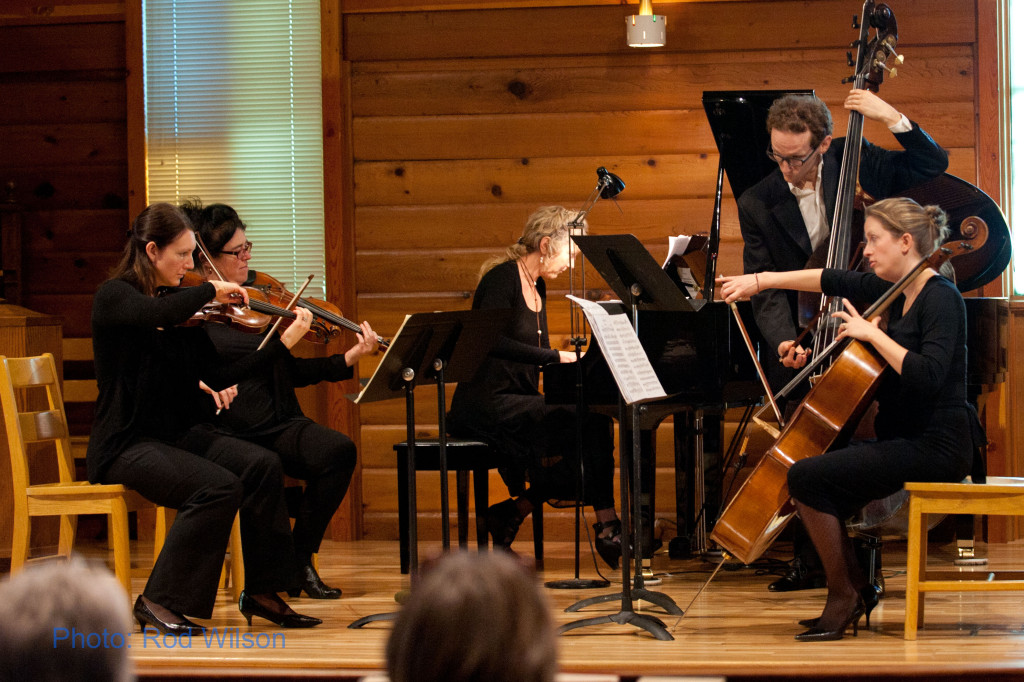
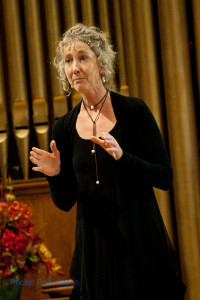
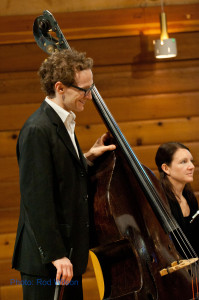
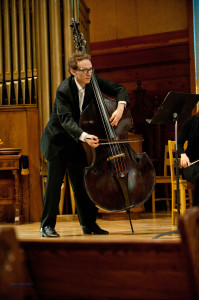
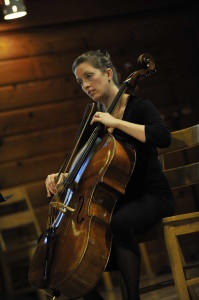
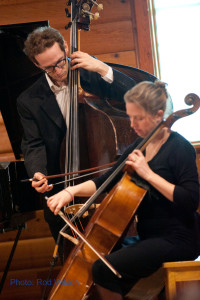
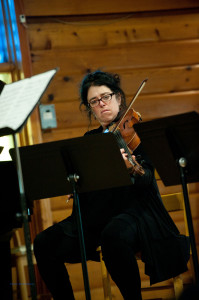
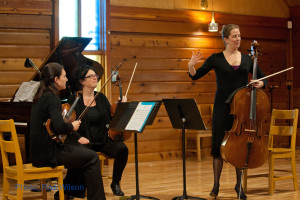
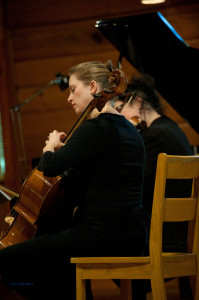
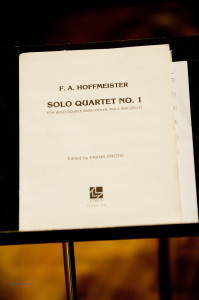
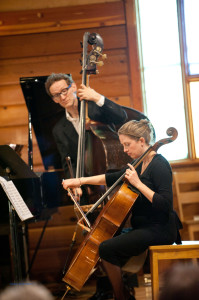
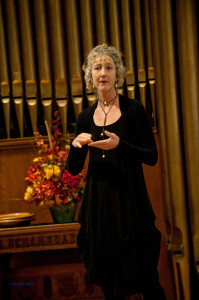
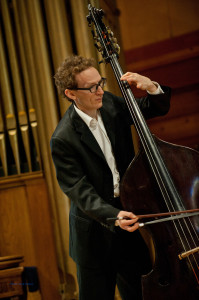
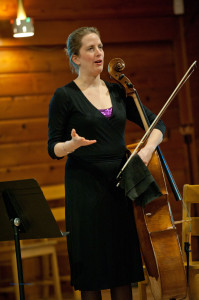
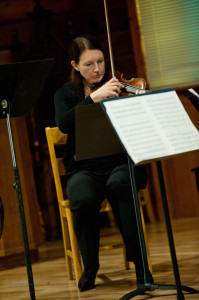
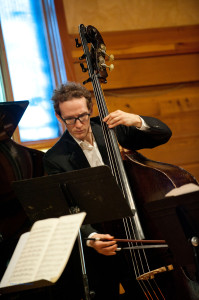
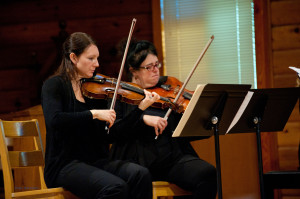
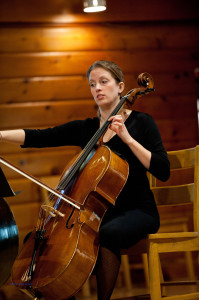
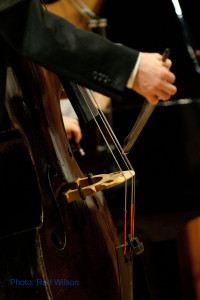
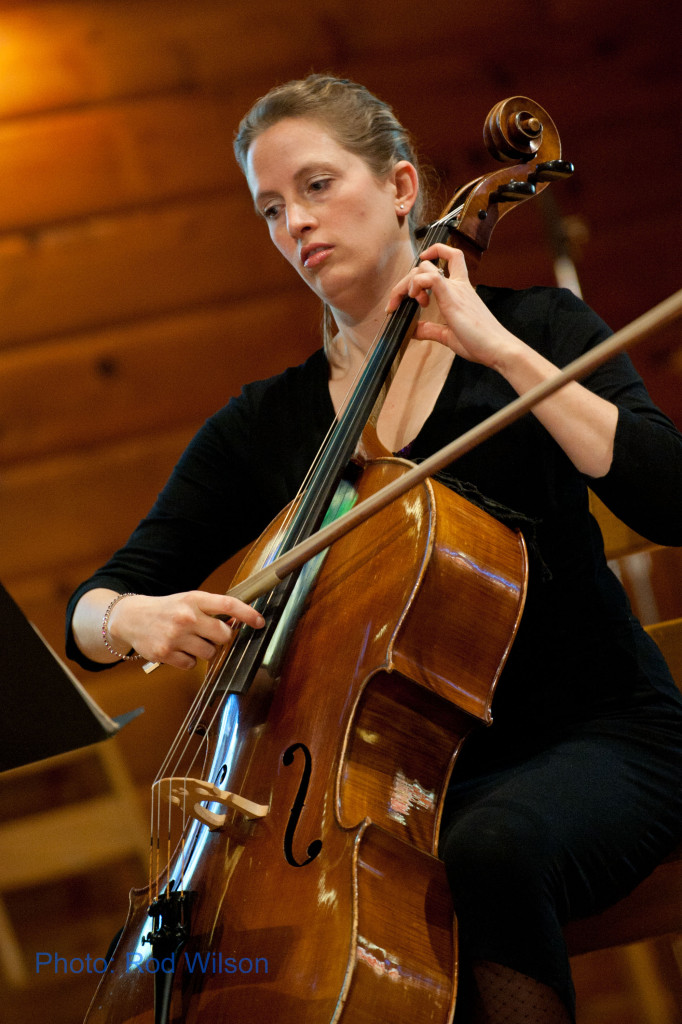

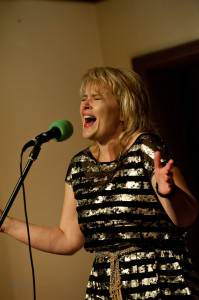
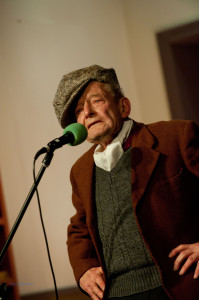
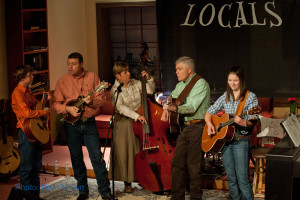
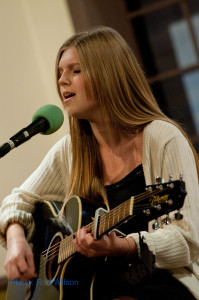
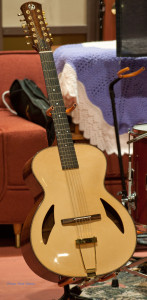
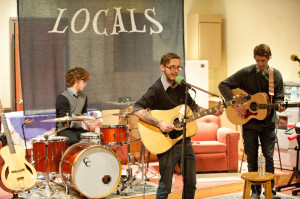
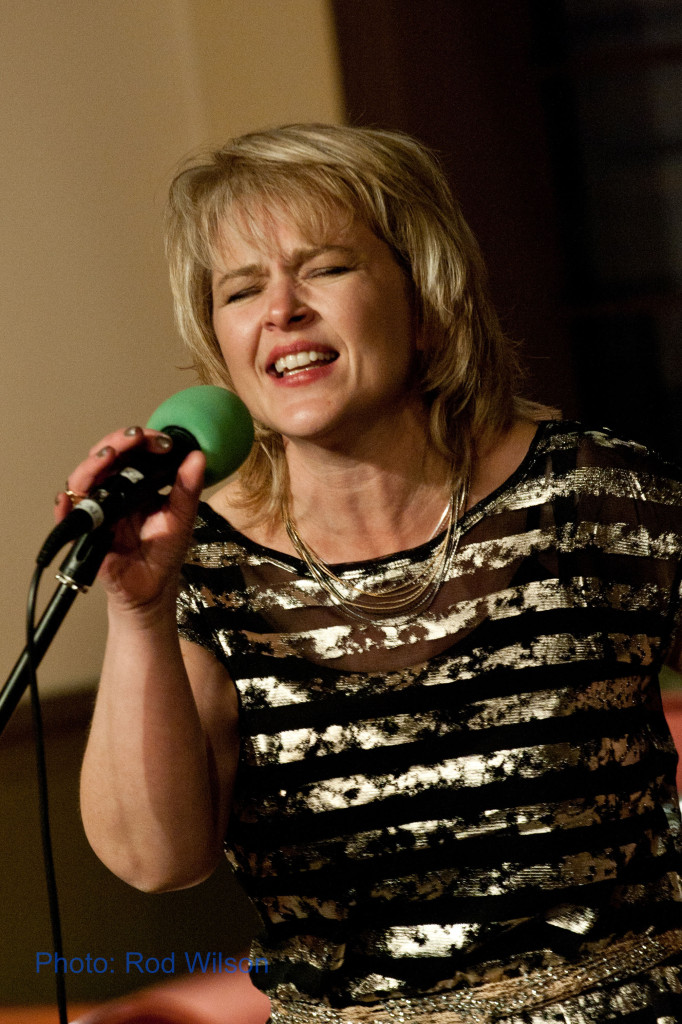
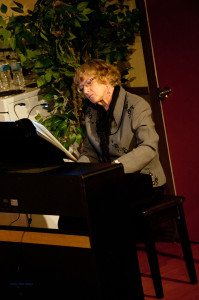
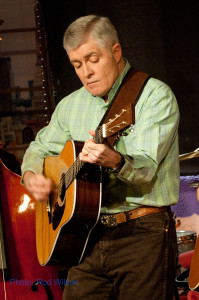
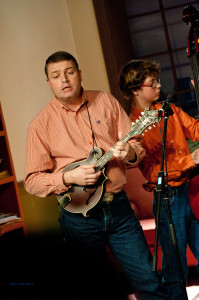
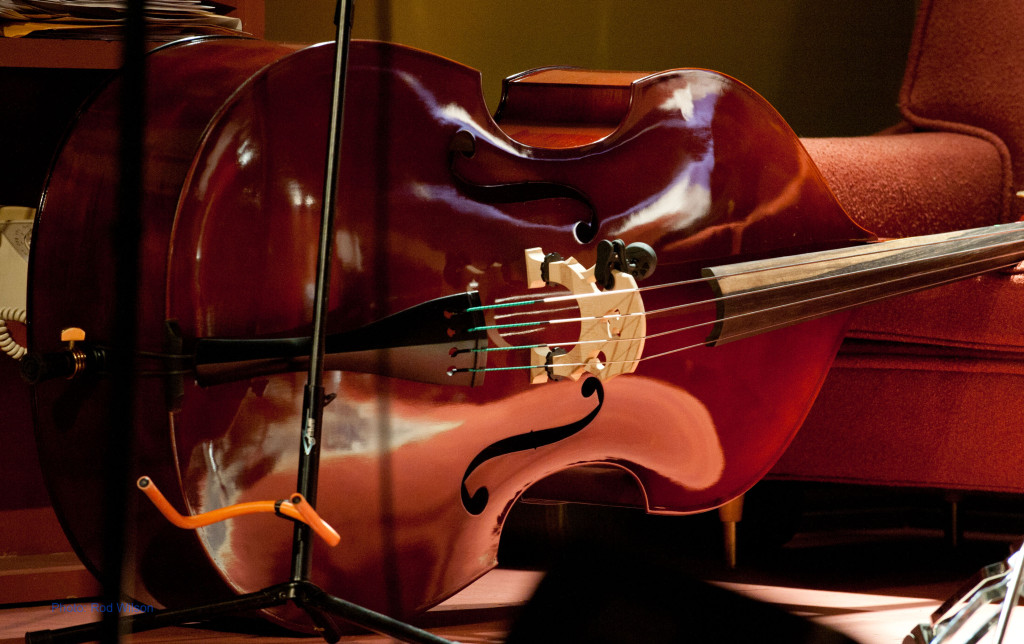
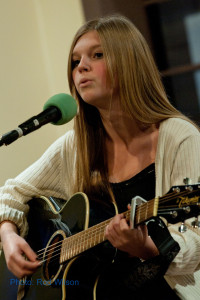
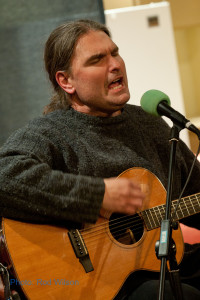

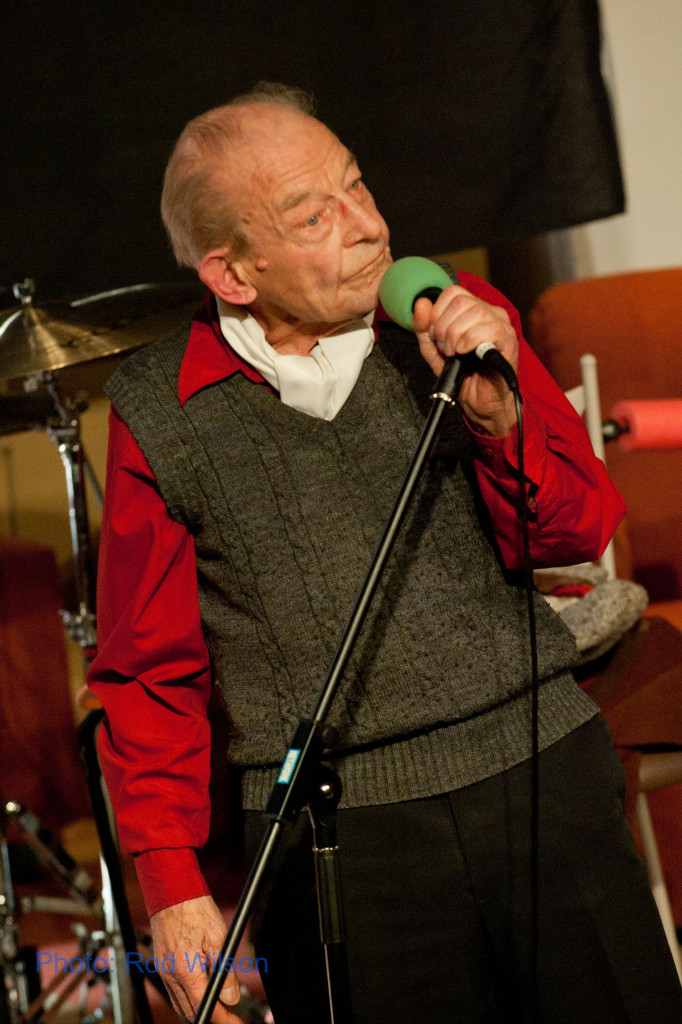
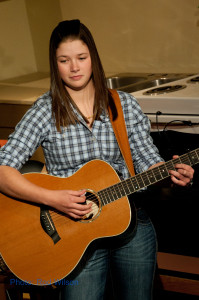
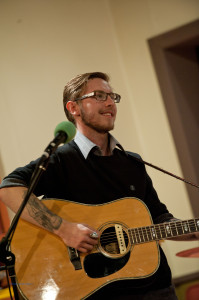
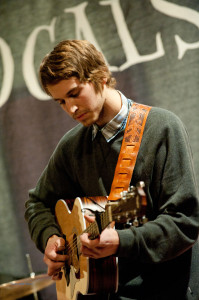

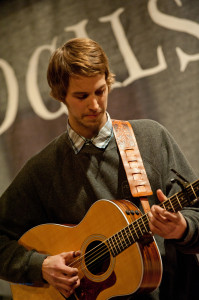
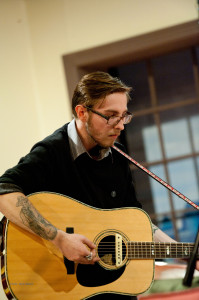
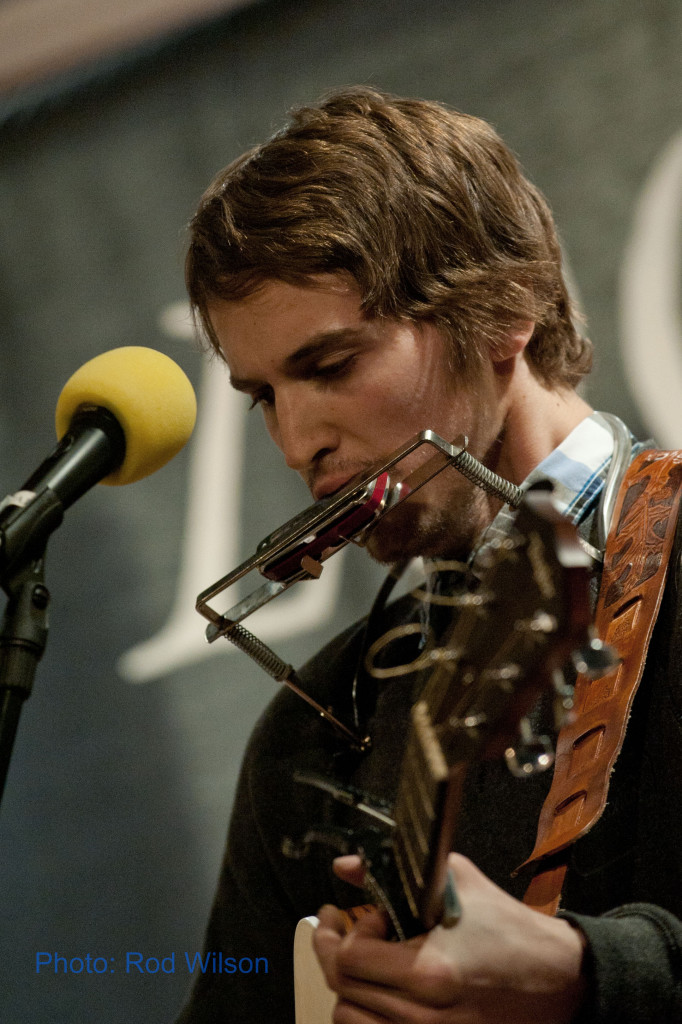
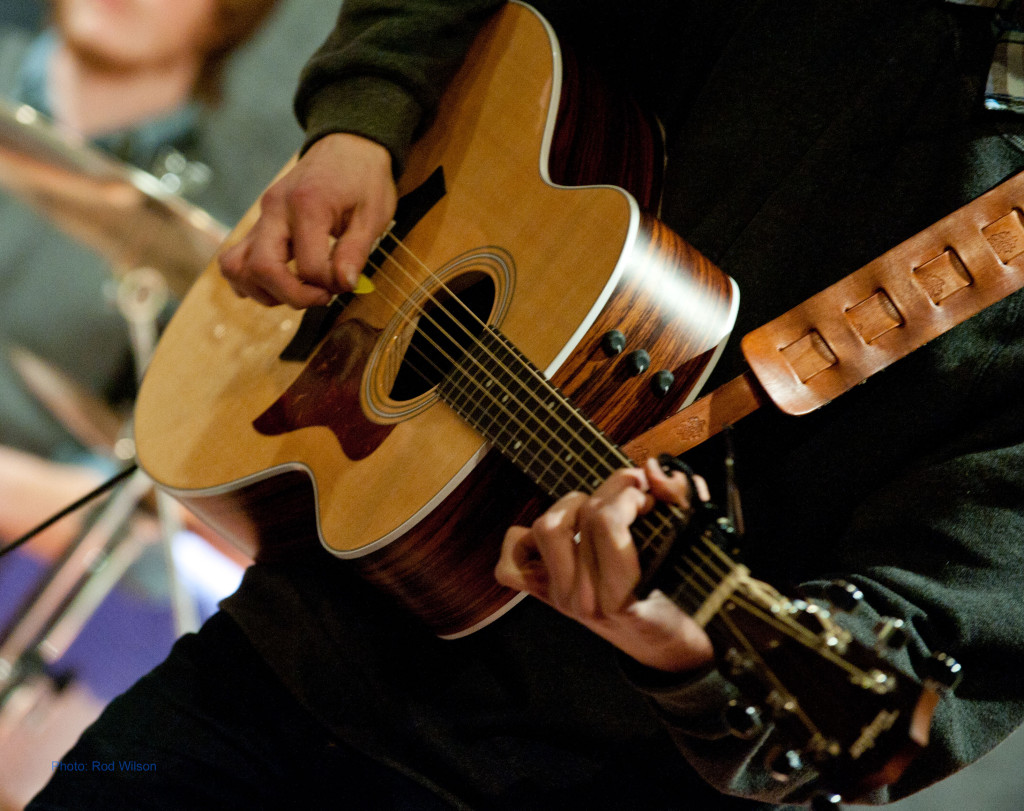

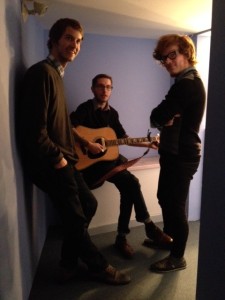
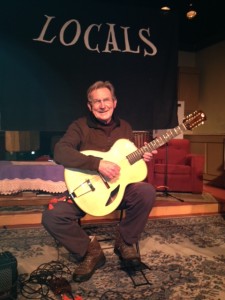
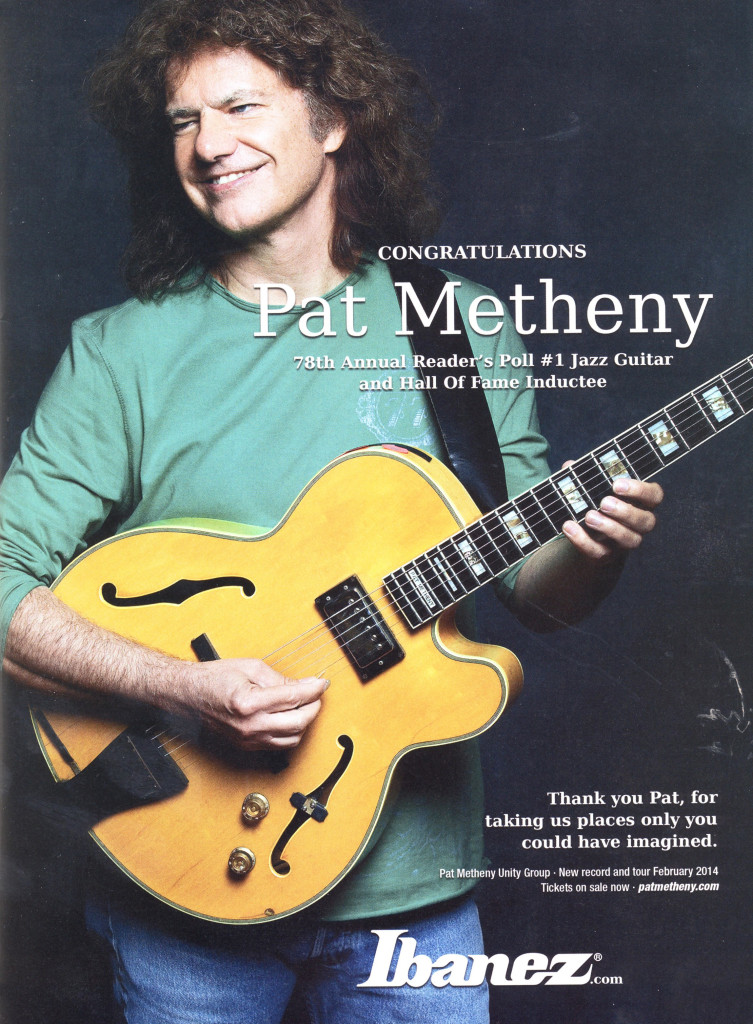
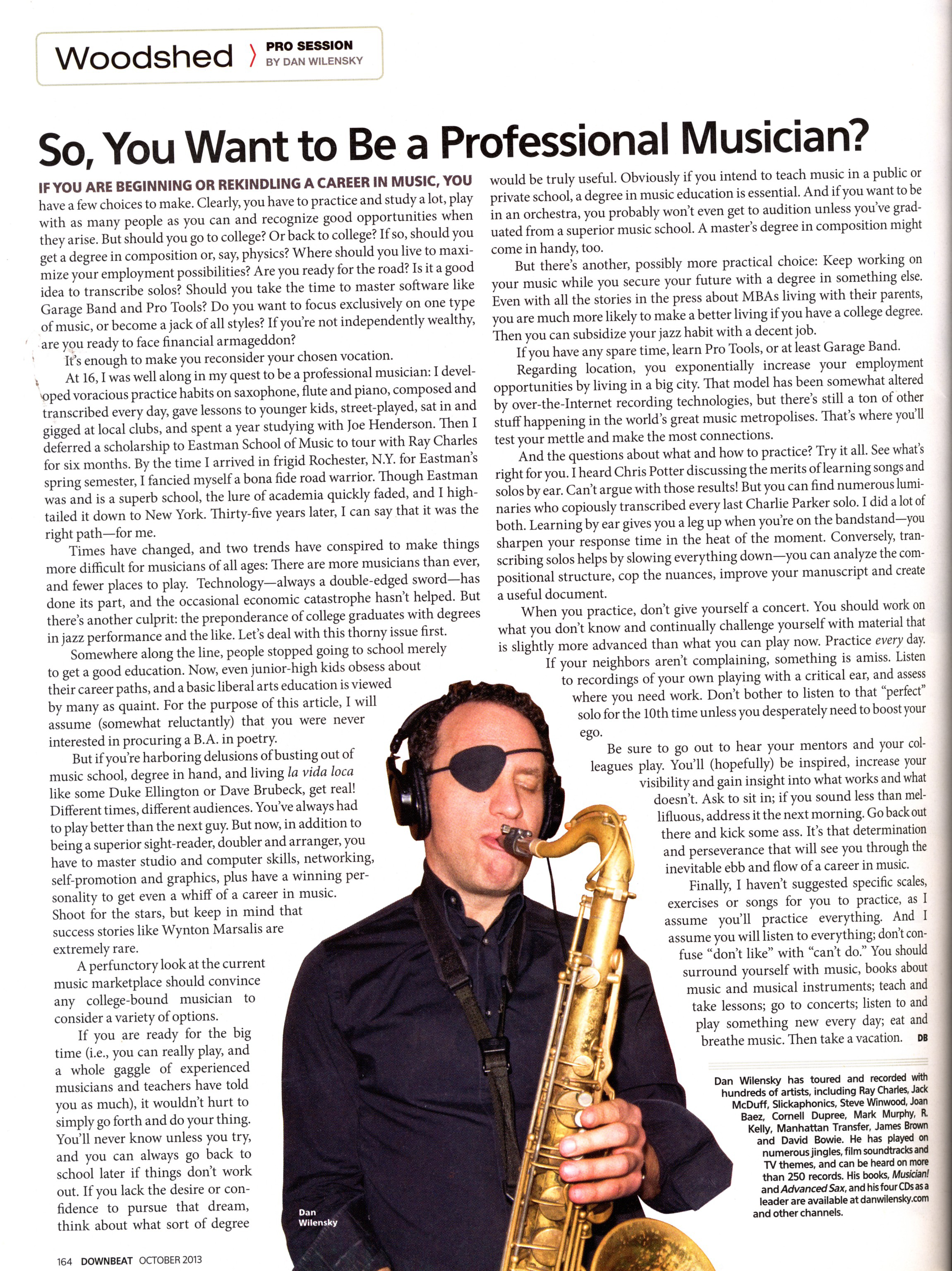

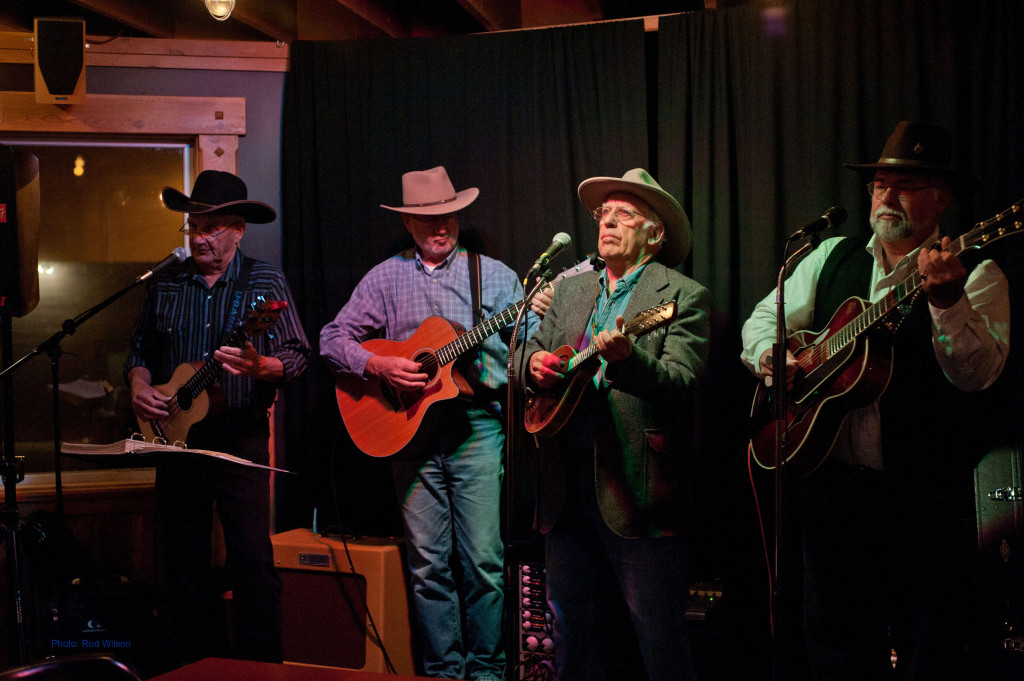
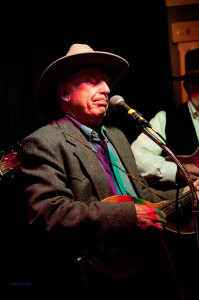
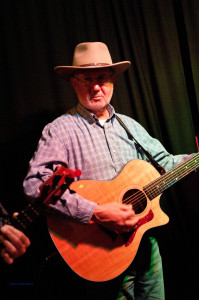
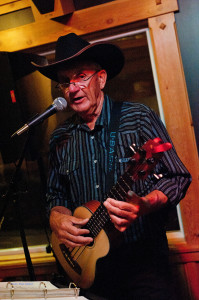
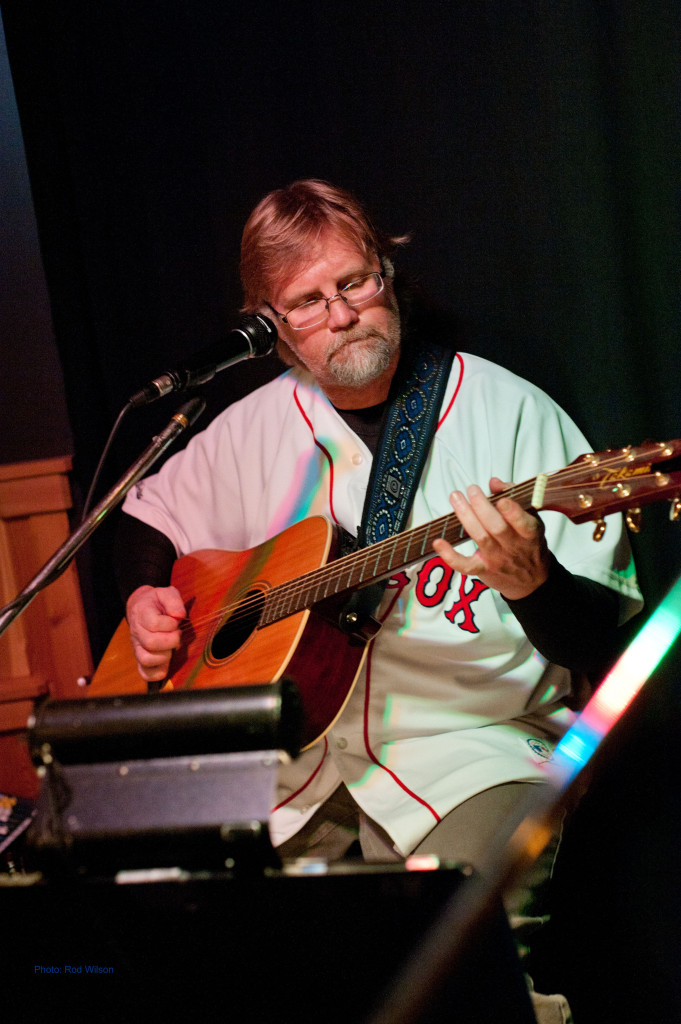
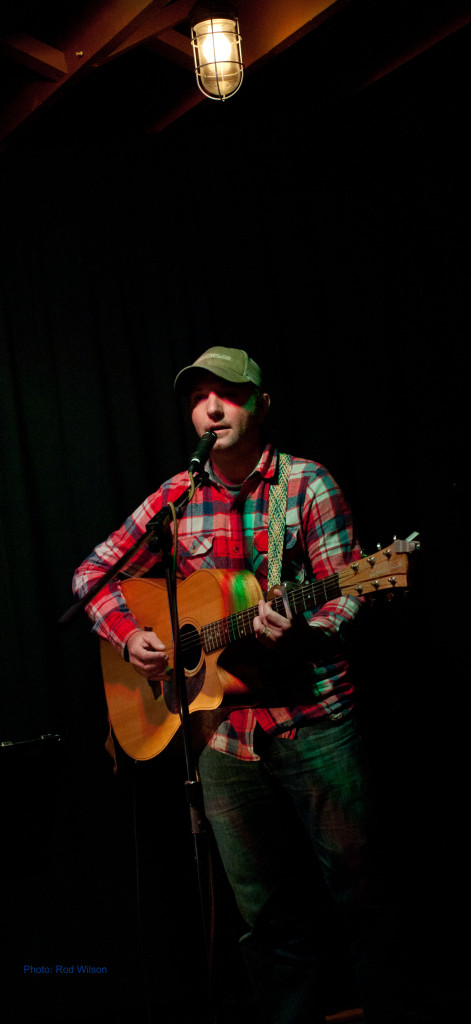
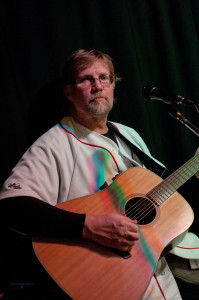
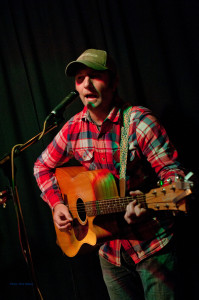
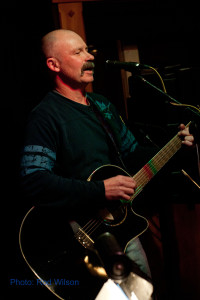
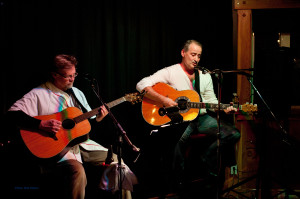
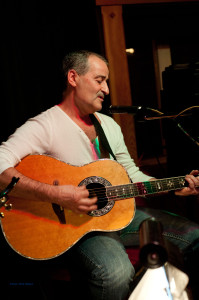
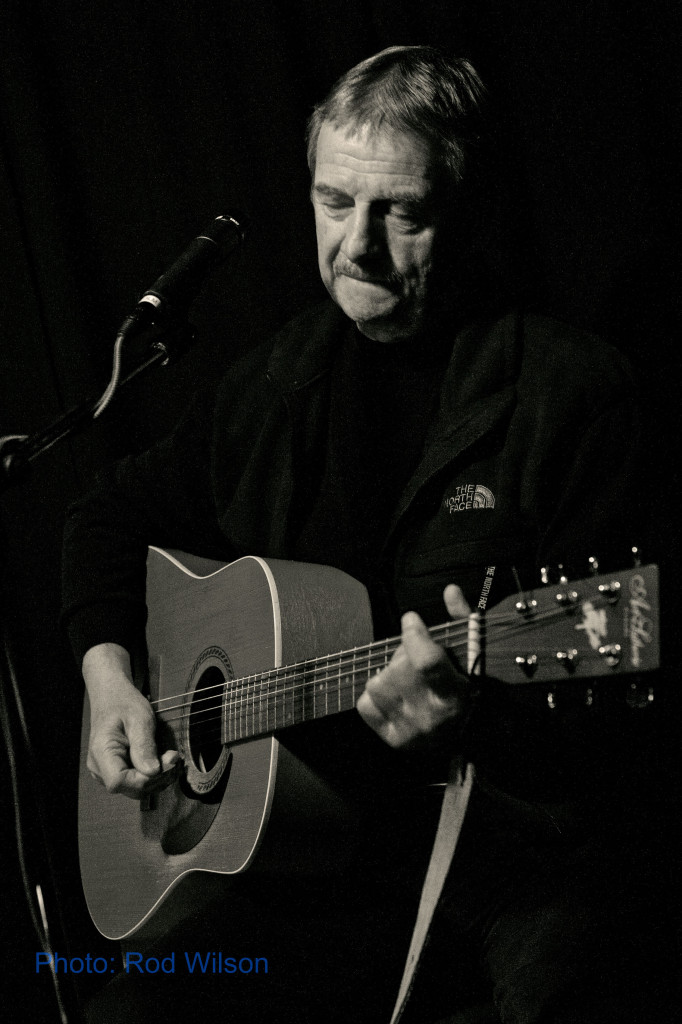
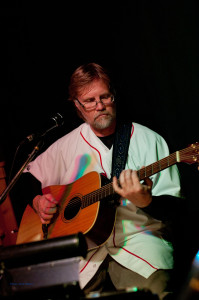
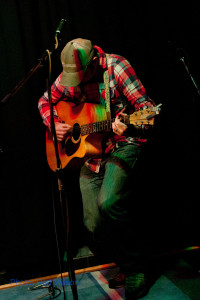
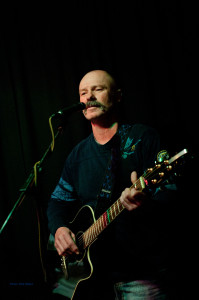
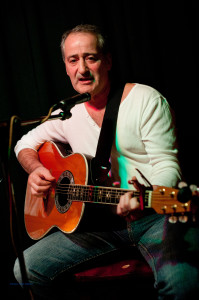
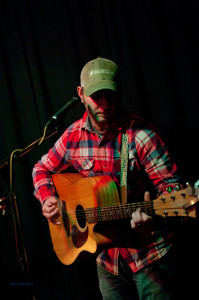
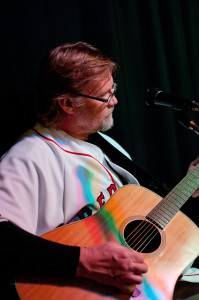
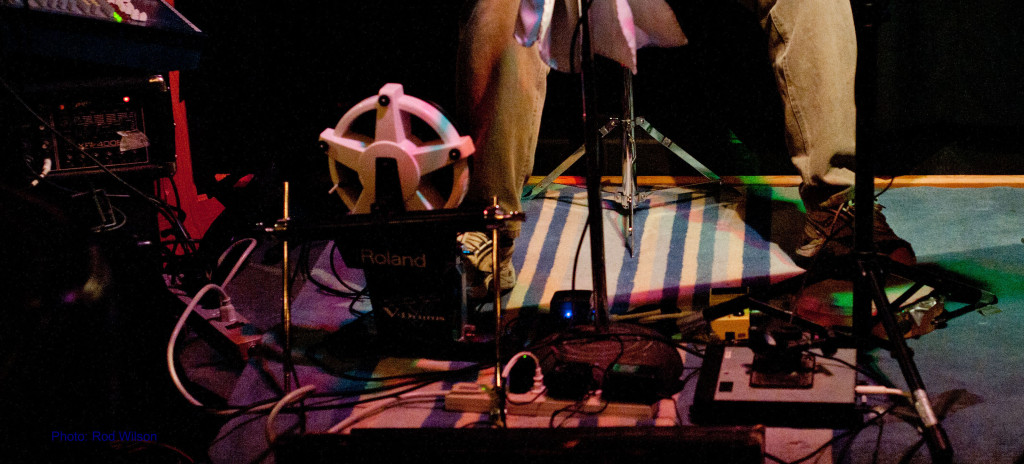
 The Guardian
The Guardian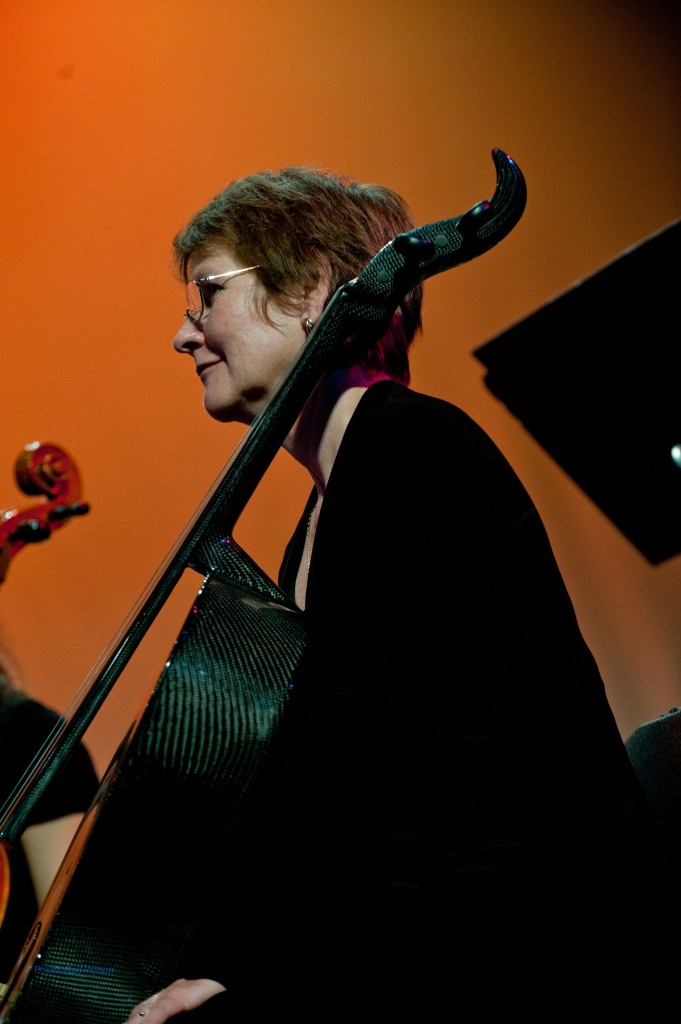 It’s a jungle out there. Or, at least a forest of wood. The over whelming view of a symphony orchestra is the string sections at the front. Sure there are other instruments in the orchestra but, like electrical wiring and plumbing, they are mostly out of sight. The prevailing color scheme is amber and brown so that the grey of Liz Tremblay’s carbon fibre cello is a not an unpleasant disruption in the traditional mosaic of a symphony orchestra. For centuries string instruments have been constructed out of wood by highly skilled artisans and high quality instruments are expected to last “for ever”. Having said that, a vintage instrument of today is not the same instrument that left the artisan’s shop hundreds of years ago. They change, mature, have accidents, are repaired and modified to preserve the sound and to stay in top condition. Wood is a renewable resource and, except for the voracious appetite for high quality “Tone Woods” for quality musical instruments, should be sustainable. Some of these woods are going into short supply and governments have been forced to enact legislation to protect endangered species. Of particular note is the threatened Brazilian Rosewood, Indian and African Ebony. The exploitation of these woods is protected by legislation and luthiers are required to only use wood from certified sources. To offset the dwindling supply of traditional tone woods builders are turning to others from lesser known species and, more recently, to the use of Carbon Fibre. The later has been used in a number of products, including guitars, for years. A musician, Luis Leguia of the Boston Symphony, who has a passion for sailing noted the strength and resonant qualities of carbon fibre boats and started experimenting with the use of that material in musical instruments. Over the years, with the help of Steve Clark, he developed a line of instruments using carbon fibre that is lighter, stronger and cheaper than the best of traditional instruments. And, against the conservative tide, they are gradually becoming accepted as instruments of choice (
It’s a jungle out there. Or, at least a forest of wood. The over whelming view of a symphony orchestra is the string sections at the front. Sure there are other instruments in the orchestra but, like electrical wiring and plumbing, they are mostly out of sight. The prevailing color scheme is amber and brown so that the grey of Liz Tremblay’s carbon fibre cello is a not an unpleasant disruption in the traditional mosaic of a symphony orchestra. For centuries string instruments have been constructed out of wood by highly skilled artisans and high quality instruments are expected to last “for ever”. Having said that, a vintage instrument of today is not the same instrument that left the artisan’s shop hundreds of years ago. They change, mature, have accidents, are repaired and modified to preserve the sound and to stay in top condition. Wood is a renewable resource and, except for the voracious appetite for high quality “Tone Woods” for quality musical instruments, should be sustainable. Some of these woods are going into short supply and governments have been forced to enact legislation to protect endangered species. Of particular note is the threatened Brazilian Rosewood, Indian and African Ebony. The exploitation of these woods is protected by legislation and luthiers are required to only use wood from certified sources. To offset the dwindling supply of traditional tone woods builders are turning to others from lesser known species and, more recently, to the use of Carbon Fibre. The later has been used in a number of products, including guitars, for years. A musician, Luis Leguia of the Boston Symphony, who has a passion for sailing noted the strength and resonant qualities of carbon fibre boats and started experimenting with the use of that material in musical instruments. Over the years, with the help of Steve Clark, he developed a line of instruments using carbon fibre that is lighter, stronger and cheaper than the best of traditional instruments. And, against the conservative tide, they are gradually becoming accepted as instruments of choice (